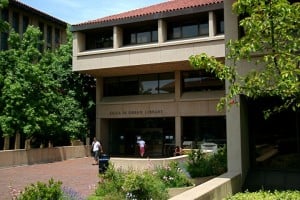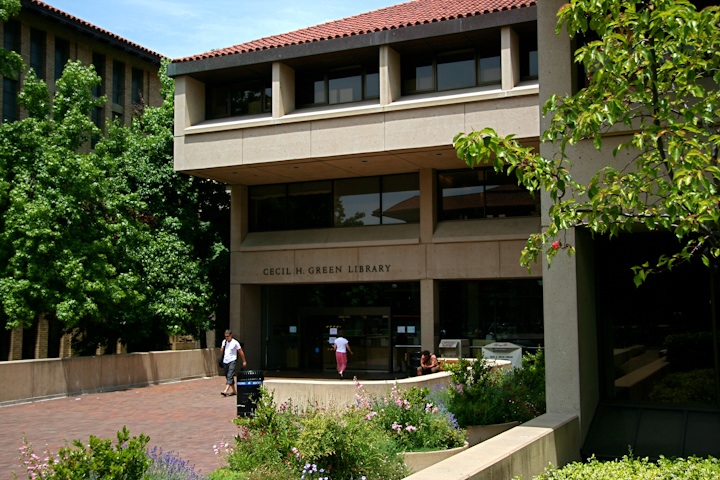
Following sharp budget cuts during the global economic recession, Stanford’s libraries will experience their first significant funding increase this academic year. The University allocated an additional $1 million to the $19.5 million library materials budget, the fund that supports the libraries’ collection of academic resources.
Although the increase in funds has different implications for different collections, the addition will enable the library system to recover some of its lost purchasing power.
Libraries experience setback
From 2009 to 2011, the University slashed Stanford University Libraries and Academic Information Resources’ budget by 10 percent, while money from donors to the libraries also decreased by 15 percent. At the same time, book and journal prices steadily increased as well, adding to the fiscal difficulties.
Libraries at peer institutions, such as Harvard and Yale, also experienced cuts, according to Zachary Baker, head of collection development in the humanities and social sciences. While the reductions were not devastating, they demanded a more judicious allocation of funds.
To avoid impacting book collections, the libraries chose to cut out most of their discretionary funding, including allowances for professional travel. They also reduced staffing by roughly 20 percent, laying off 32 full-time employees.
“That was a very painful thing to do, but we did everything we could to try to protect the collection budget,” said Robert Schwarzwalder, associate university librarian for the science and engineering libraries. “For a lot of people, especially doing research, this is really a key component … We take that very seriously.”
Annette Keogh, curator for British and American literature, said that while the budget cuts did not have a large impact on current publications and major novels, they did significantly affect special purchases, such as the acquisition of rare books.
“We felt constrained in our ability to acquire the full range of materials and resources that we had been able to do through 2008-09,” Baker said. “We had to be more selective.”
According to Schwarzwalder, this year’s increase in funds has allowed the libraries to bolster collections in the sciences that had suffered in previous years as a result of the recession.
Keogh said, however, that extra funds will only result in a 3.42 percent budget increase in her field of specialty.
“It’s not a huge increase in funds,” she said. “If you look at book and serial prices, they are also increasing at that level, if not more, so it’s equivalent to a cost-of-living adjustment.”
The selection process
Stanford’s libraries rely on 45 subject specialists, each of whom cooperates closely with their corresponding departments to determine which materials need to be purchased. Routine meetings with faculty and surveys of student demand are both part of this process. Specialists also keep track of the current topics being researched or taught by faculty members.
“You really keep on top of where the University is going,” Schwarzwalder said. “There are a lot of trends at Stanford that are highly interdisciplinary. If you look at engineering – bioengineering and biomedical engineering are big and growing areas.”
The collection on South Asia has also seen growth in recent years because scholars of the region have joined Stanford’s faculty. Part of this burgeoning collection is an electronic archive of South Asian newspapers, which was requested by the faculty.
However, not all purchases are a direct result of faculty or student demand.
For example, Stanford’s libraries have been purchasing various “writer’s papers,” according to Keogh. “Writer’s papers” are the unpublished collection of a writer’s correspondences, journals, notes, drafts and other personal materials that provide new insight into a writer. The papers of Allen Ginsburg and John Steinbeck, among others, are owned by the libraries and can be accessed by anyone in the Stanford community.
“We [also] buy a lot of small-press American avant-garde poetry that might not get the kind of readership that, say, a popular novel would,” Keogh said. “But, we think … [somebody might be] interested 50 to 100 years down the line.”
Stanford’s libraries are also preparing for the future by investing in a digital library. Due to limitations on physical space on campus, the University is attempting to shift the collections’ focus from print to electronic resources wherever feasible.
“This is something especially the case in the sciences and engineering,” Baker said.
Reference books in computer science become outdated very quickly, he said. Having those books in electronic form can make content updates much more efficient.
“We’re not collecting to make this a great museum of publications,” Baker said. “We’re all about … satisfying the research and teaching needs of the entire Stanford community.”
